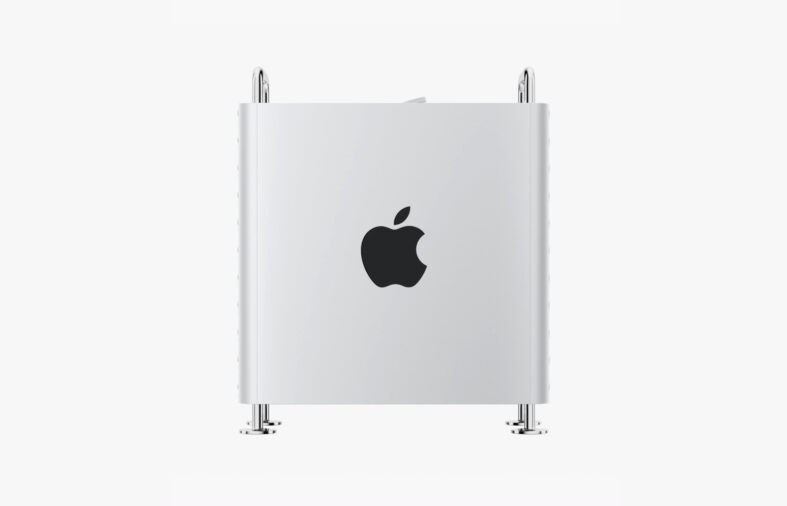Apple seems ready to crown the Mac Studio as its new performance flagship, as it quietly shifts the spotlight away from the Mac Pro without a dramatic announcement. A new report from Mark Gurman says that Apple has no plans to release a new Mac Pro with faster silicon, a surprising claim, but it makes sense when you look at where the company is headed.
Why Apple Silicon makes the Mac Pro less relevant
Instead of doubling down on a massive tower for a small niche of users, Apple is putting faith in a compact machine that aligns perfectly with Apple Silicon’s strengths. The Mac Pro used to thrive because workflows needed modular graphics, PCIe cards, and a giant thermal enclosure. However, the modular era does not fit Apple anymore, as Apple Silicon now tightly integrates into a single system with unified memory, high-bandwidth fabrics, and custom acceleration blocks that outperform traditional upgrade-heavy towers.
This alone explains why Apple isn’t planning an upgraded Mac Pro with an M4 Ultra chip. The next Ultra chip will solely be found in the Mac Studio, where Apple engineers can scale performance efficiently without redesigning a bulky chassis or maintaining a separate workstation architecture. It was also previously reported that the company tested the M3 Ultra chip in the MacBook Pro, but the product has not seen daylight at this stage.
This shift also signals a redefinition of what a “pro desktop” actually means in the Apple world. The new professional setup looks more like a Mac Studio paired with a Pro Display XDR instead of relying on a giant machine filled with replaceable parts. Apple is betting on performance through integration rather than expansion, as it aims for fewer SKUs, leaner product lines, and a cleaner upgrade path.
For most professional creators, which includes editors, animators, musicians, and developers, the aforementioned approach already delivers more raw power than the old Mac Pro ever offered. There is also no word when the company will redesign the iMac Pro, or if it is looking to face the same fate as the Mac Pro.
What this means for ‘Pro’ users going forward
There’s still an impact on some users who depend on swappable PCIe cards or specialized hardware, and these workflows may need to transition to cloud solutions, external hardware over Thunderbolt, or even clusters of Mac Studios linked together. However, for everyone else, Apple’s move simplifies the landscape, combining performance into a tightly compressed package that can handle everything.
You also get the newest chips faster with a more predictable lifecycle, and a machine that delivers consistent real-world performance without the noise and overhead of a full workstation tower.
Ultimately, we can safely presume that Apple is not abandoning its high-end users but reshaping the segment to match the realities of Apple Silicon, and the Mac Studio clearly fits the future. If the company does plan on ditching the Mac Pro for good, the Mac Studio isn’t just a compact desktop anymore — it’s the device Apple is positioning at the tip of its professional lineup, ready to carry the performance crown for years to come.











Leave A Reply